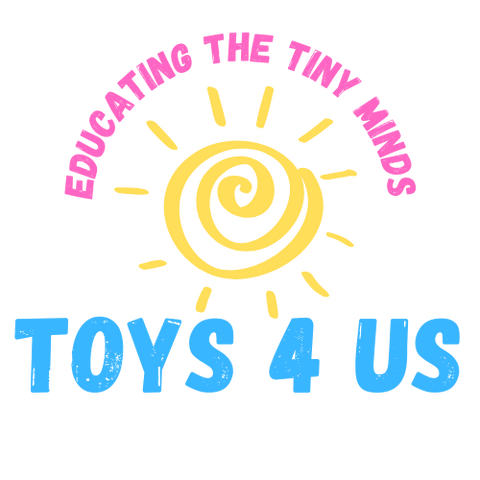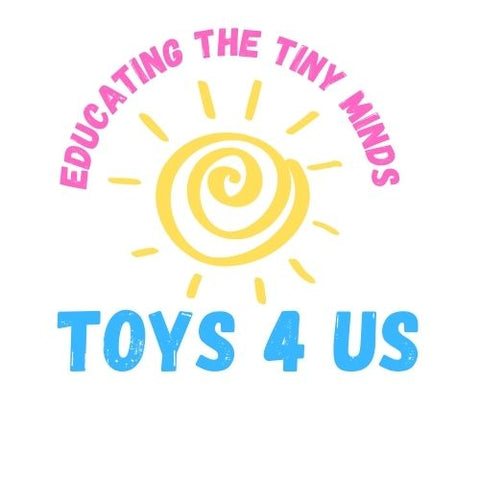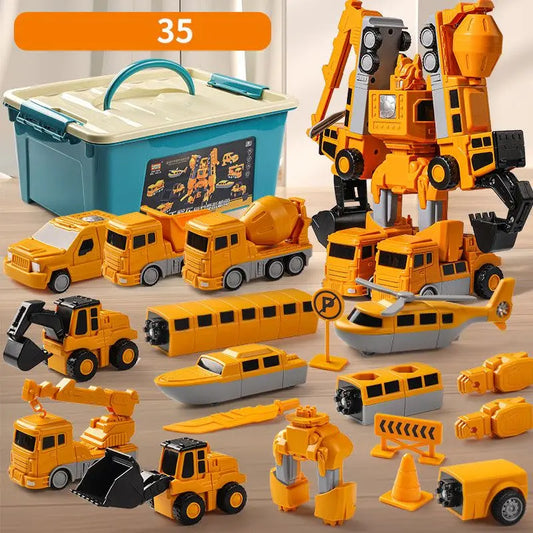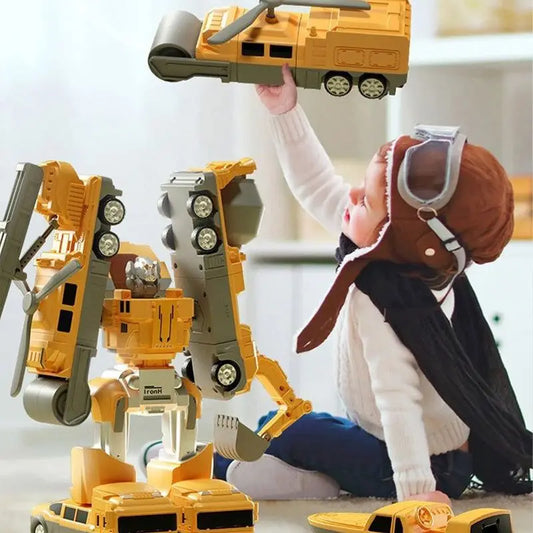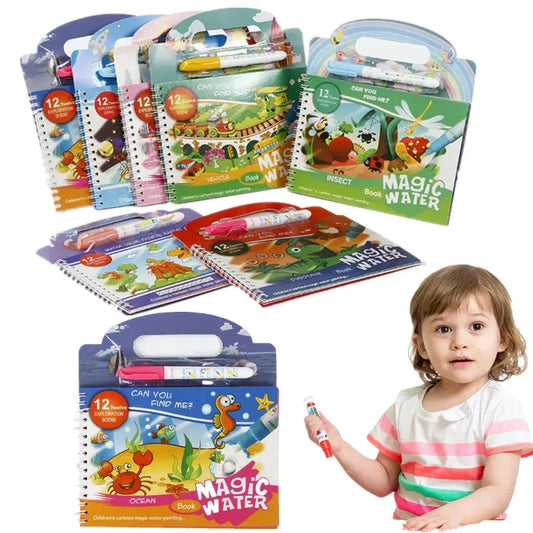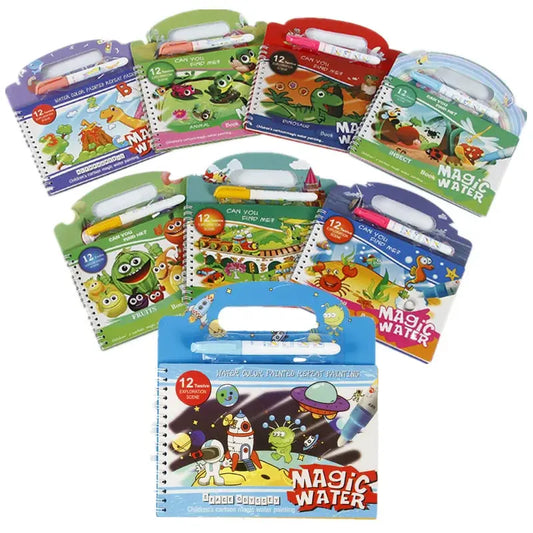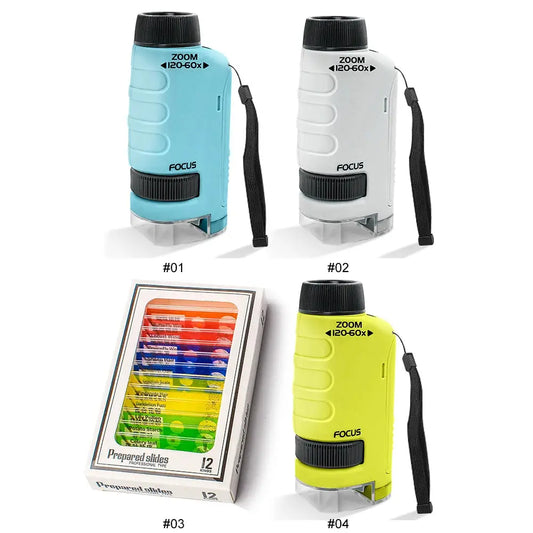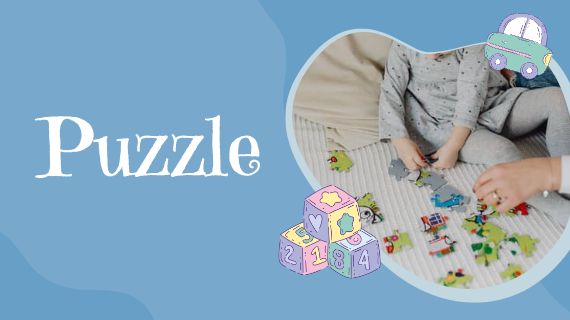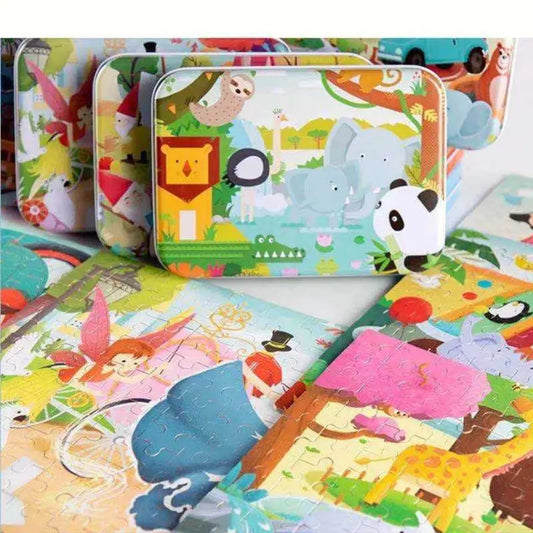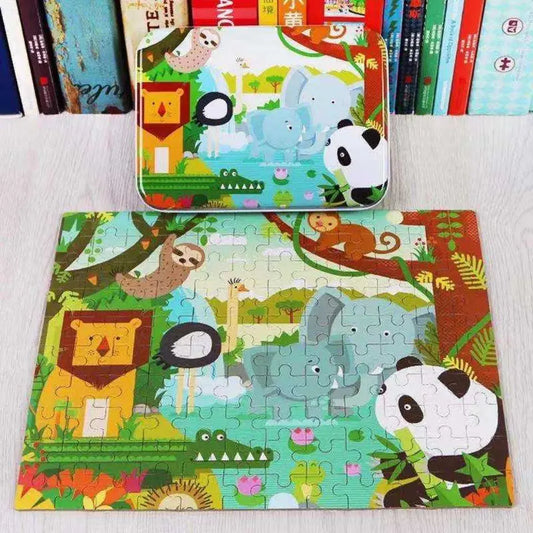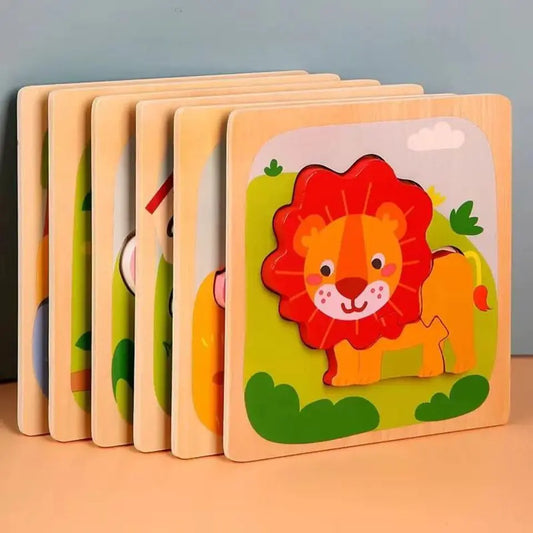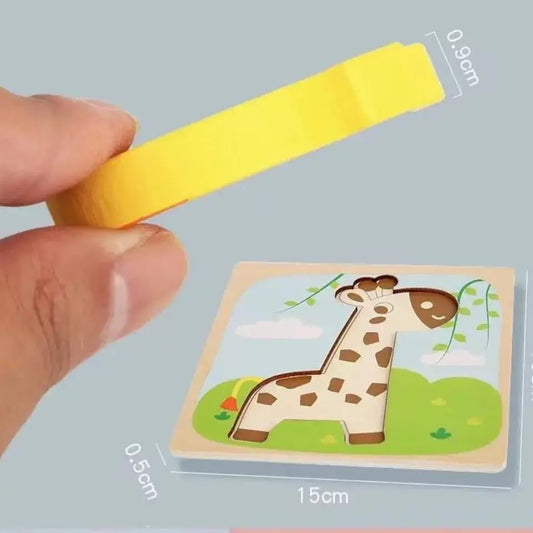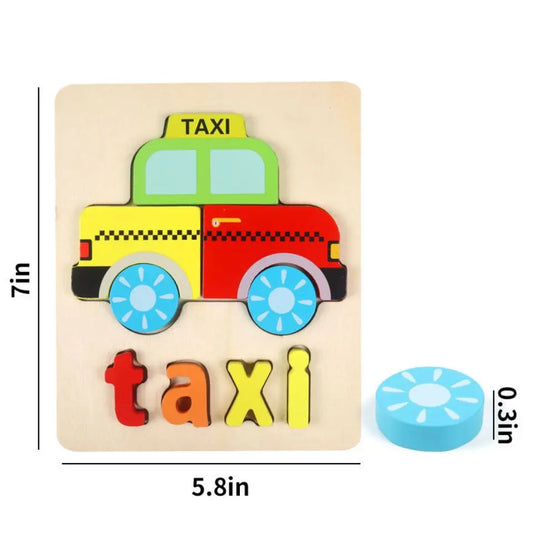Are Montessori toys safe for babies? Montessori toys have become increasingly popular among parents who are looking for educational and developmentally appropriate toys for their children. These toys are designed to encourage hands-on learning, independence, and creativity. However, when it comes to infants, parents are understandably concerned about safety. In this Guide to Montessori Toys in Australia, we will explore whether Montessori Toys for Infants are safe and why they are a popular choice for early childhood development. The simplicity and natural materials used in Montessori Toys Australia make them a suitable option for babies, but there are still important factors to consider when choosing the right toys for infants.
One of the key features of Montessori toys is that they are typically made from natural materials like wood and cotton, which are free from harmful chemicals commonly found in plastic toys. This makes them safer for babies who often explore toys by putting them in their mouths. Additionally, Montessori toys are designed with minimal parts and rounded edges, reducing the risk of choking hazards. Their simplicity also ensures that infants can focus on developing important motor and sensory skills without the distraction of electronic sounds or lights, which are common in many conventional toys.
Are Montessori Toys Safe for Babies?
One of the most important concerns for parents when choosing toys for their babies is safety. With a growing emphasis on the benefits of educational toys, especially those based on the Montessori method, parents often wonder whether Montessori toys are safe for babies. Montessori toys are designed to encourage natural development through hands-on exploration, but their safety for infants needs careful consideration. Understanding the materials used, the design principles behind these toys, and how they meet safety standards is essential for ensuring that babies can play, learn, and grow in a secure environment.
In this blog post, we will examine whether Montessori toys are safe for babies, the characteristics that make them appropriate for infants, and how parents can choose the best Montessori toys to promote safe, creative, and independent play.
1. What Makes Montessori Toys Safe for Babies?
Montessori toys are known for their simplicity and natural design, which inherently contribute to their safety. These toys are often made from natural materials such as wood, cotton, and metal, which are less likely to contain harmful chemicals or toxins commonly found in plastic toys. Moreover, the Montessori philosophy emphasizes purposeful, open-ended play, which means the toys are designed to be durable, non-toxic, and appropriate for young children.
Several factors contribute to the safety of Montessori toys:
-
Natural Materials: Montessori toys are typically made from wood, which is a safe and durable material for babies. Wood is also free from chemicals like BPA (Bisphenol A) and phthalates, which are often found in plastic toys. Many Montessori toys are finished with non-toxic paints or natural oils, ensuring that babies can safely explore these toys with their mouths and hands.
-
Simple Design: The minimalist design of Montessori toys reduces the risk of choking hazards. These toys do not contain small, detachable parts that could be swallowed by infants. Most Montessori toys are designed with rounded edges and smooth finishes, making them safe for babies to handle.
-
Size and Shape: Montessori toys are created with babies’ developmental stages in mind. Toys like wooden stacking rings, rattles, and soft sensory toys are designed to be easy for babies to grip, while also being large enough to prevent them from being swallowed.
These design features make Montessori toys safer than many conventional toys, which often contain small parts, complex mechanisms, or harmful chemicals.

2. Meeting Safety Standards
When choosing toys for babies, it’s important to ensure that they meet established safety standards. In Australia, toys for infants must comply with strict regulations to protect children from hazards such as choking, strangulation, and exposure to toxic substances. Montessori toys Australia typically adheres to these safety standards, as manufacturers understand the importance of creating products that are not only educational but also safe for young children.
Some key safety standards for toys include:
-
Non-Toxic Materials: Toys for infants should be free from harmful chemicals such as lead, BPA, and phthalates. Montessori toys are usually made from untreated wood or finished with water-based, non-toxic paints and stains, ensuring that they are safe for babies to chew on or explore with their mouths.
-
Choking Hazard Prevention: Toys for babies must be designed to prevent choking hazards. Montessori toys for infants are often larger than toys designed for older children, minimizing the risk of accidental ingestion.
-
Durability: Montessori toys are built to last. Since they are made from sturdy, natural materials like wood, they are less likely to break into small pieces or become damaged during play. This durability reduces the risk of sharp edges or loose parts that could pose a danger to babies.
By following these safety standards, parents can feel confident that the Montessori toys they choose for their babies are safe and secure.
3. Age-Appropriate Montessori Toys for Infants
When selecting Montessori toys for infants, it is crucial to choose toys that are appropriate for the child’s developmental stage. Babies between 0 to 12 months are at a critical stage in their development, where they are beginning to explore the world through their senses and movements. Toys that encourage sensory exploration and fine motor development are ideal for this age group.
Here are some examples of safe and age-appropriate Montessori Toys for Infants:
-
Wooden Rattles: Simple wooden rattles are perfect for babies to grasp, shake, and explore. These rattles promote hand-eye coordination and sensory development. The smooth, natural texture of wooden rattles makes them safe for babies to hold and mouth.
-
Grasping Toys: Montessori grasping toys, often made from wood or fabric, encourage babies to practice their grip and fine motor skills. These toys are designed to be easy to hold, helping babies strengthen their muscles as they explore different textures and shapes.
-
Stacking Rings: Wooden stacking rings are classic Montessori toys that help babies develop hand-eye coordination and problem-solving skills. The rings are large enough to prevent choking hazards and are made from safe, non-toxic materials.
-
Soft Fabric Toys: Soft Montessori toys made from natural fabrics like cotton or wool are excellent for sensory play. These toys are often used to introduce babies to different textures, promoting tactile exploration and sensory awareness.
-
Mobiles: Montessori mobiles are designed to stimulate a baby’s visual senses and help them develop focus and concentration. These simple mobiles are typically made from natural materials and feature contrasting colors or shapes to attract the baby’s attention.
By choosing these age-appropriate Montessori toys, parents can ensure that their babies have safe and enriching play experiences that support their development.

4. Tips for Ensuring Toy Safety at Home
Even though Montessori toys are designed with safety in mind, parents can take additional steps to create a safe play environment for their babies. Here are some tips for ensuring toy safety at home:
-
Regularly Inspect Toys: Over time, toys can wear out or become damaged. Parents should regularly inspect their baby’s toys for any signs of wear and tear, such as cracks, splinters, or loose parts. Damaged toys should be repaired or replaced to prevent potential hazards.
-
Supervise Playtime: While Montessori toys encourage independent exploration, it is essential to supervise babies during play, especially when they are using new toys. This ensures that they are using the toys safely and allows parents to intervene if necessary.
-
Clean Toys Regularly: Babies often put toys in their mouths, so it’s important to clean Montessori toys regularly. Wooden toys can be wiped down with a damp cloth, while fabric toys can be machine washed according to the manufacturer’s instructions.
By taking these precautions, parents can create a safe and stimulating environment for their babies to explore with Montessori toys.
Conclusion: Montessori Toys Are Safe and Beneficial for Babies
Montessori toys offer a unique combination of safety, simplicity, and educational value, making them ideal for babies during their critical early developmental stages. With their natural materials, thoughtful design, and focus on hands-on learning, these toys provide babies with safe opportunities to explore their environment, develop motor skills, and engage their senses.
Parents can feel confident in choosing Montessori toys for their infants, knowing that these toys adhere to safety standards and are designed to support their child’s growth. By following safety guidelines and selecting age-appropriate toys, parents can create a nurturing and secure play environment that encourages their baby’s curiosity and development.
